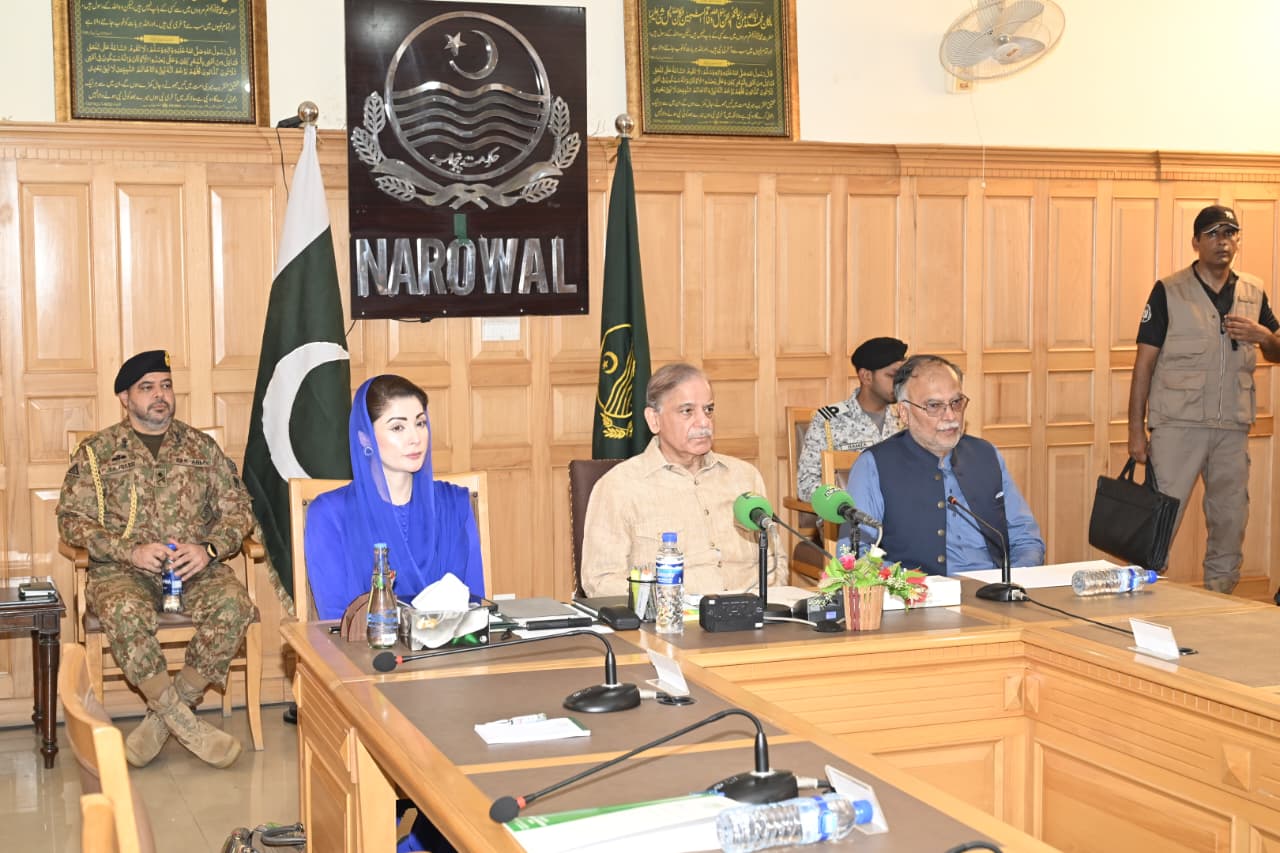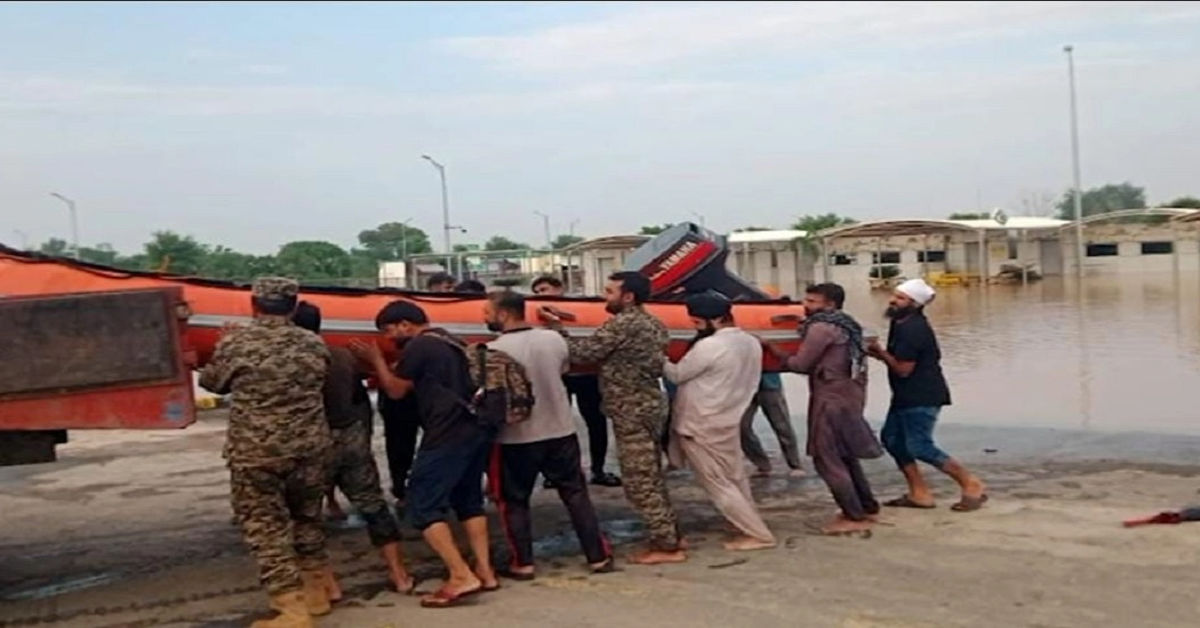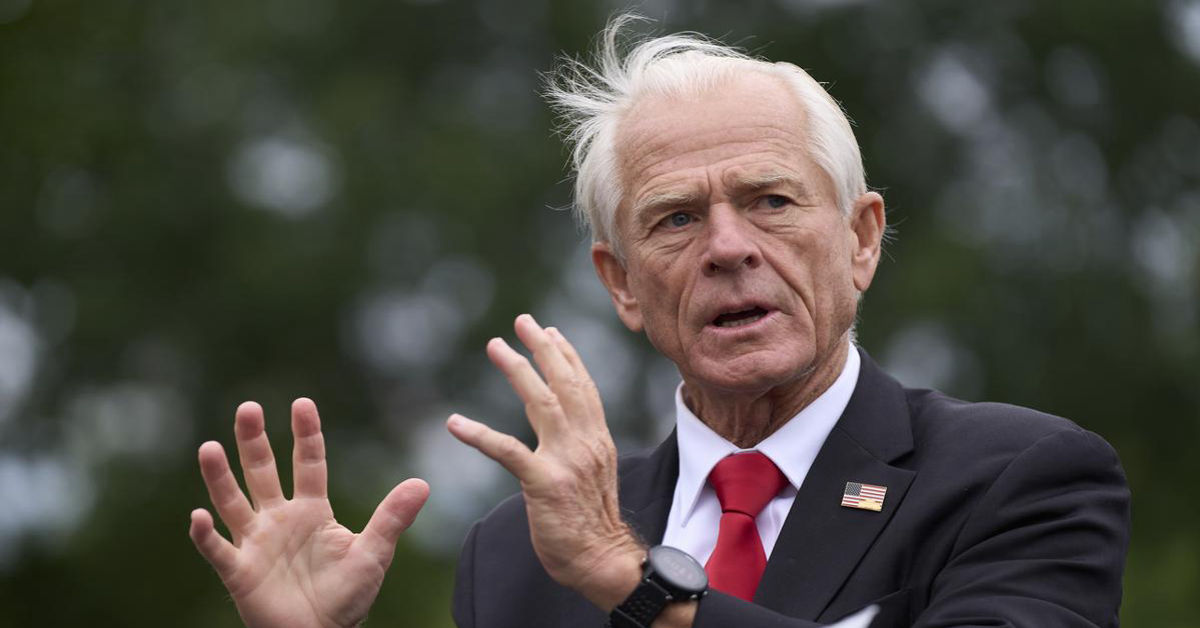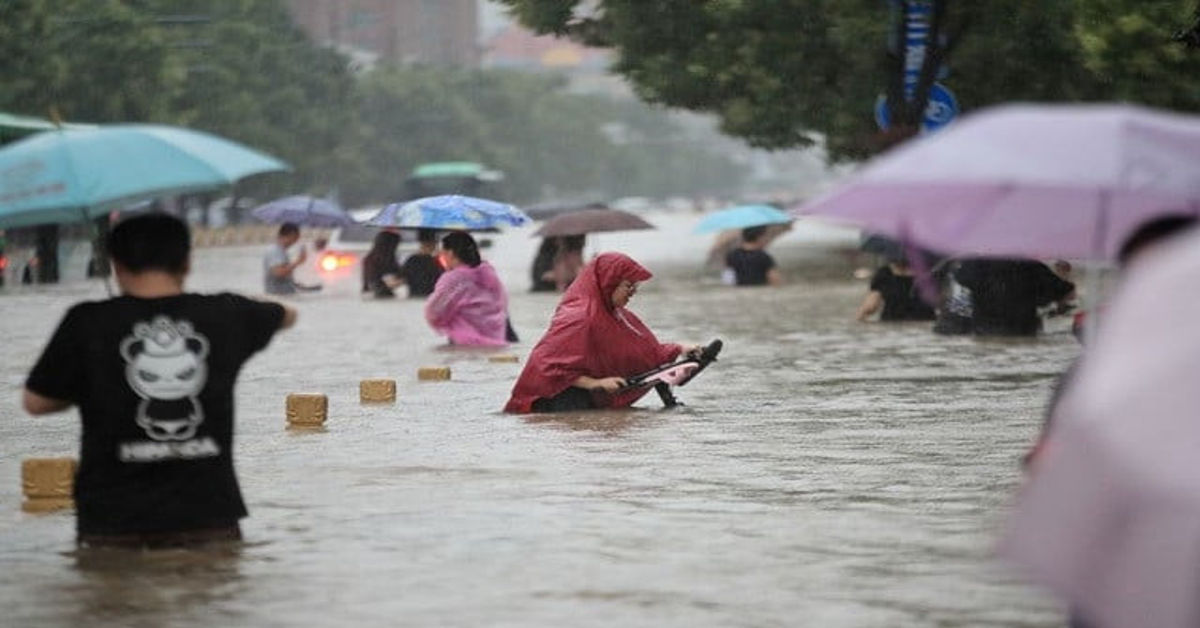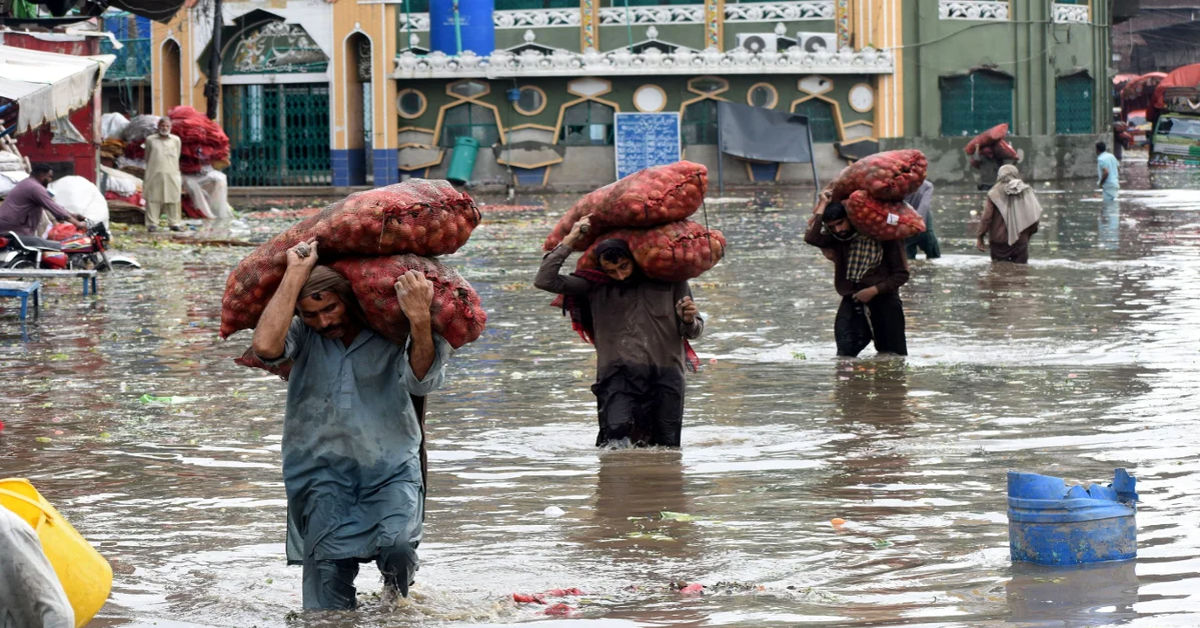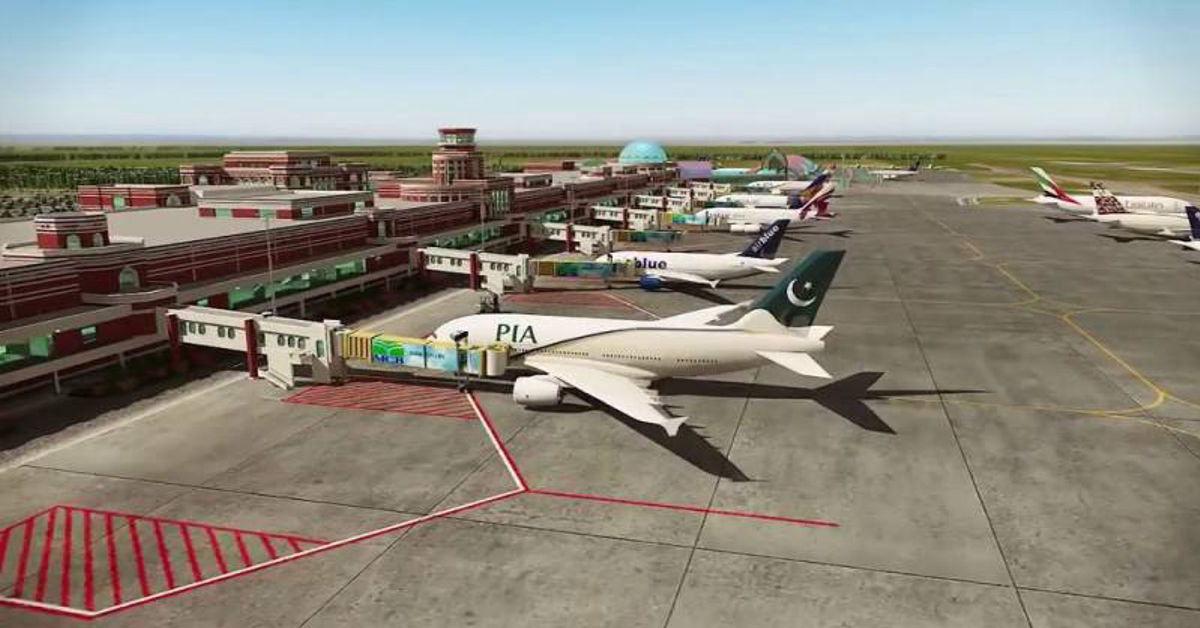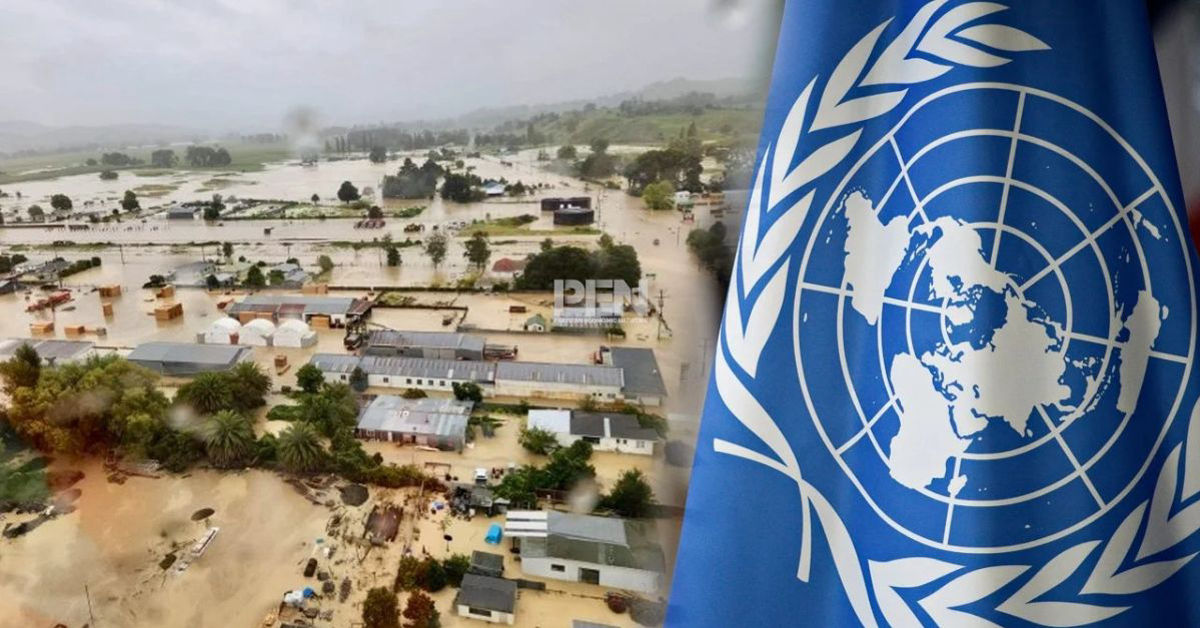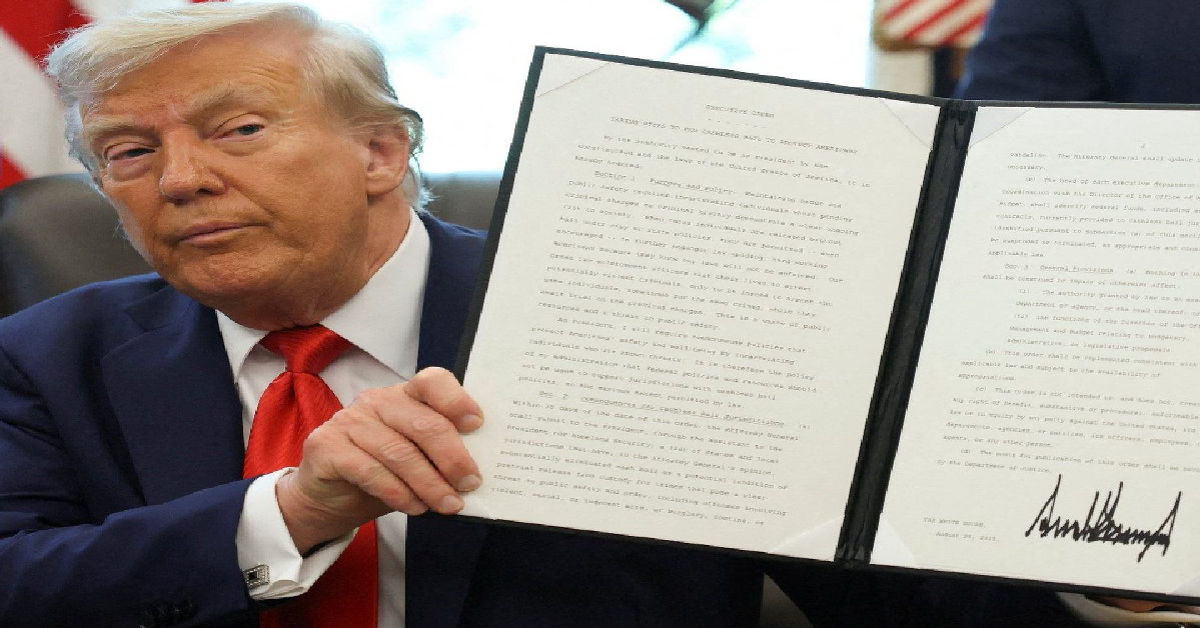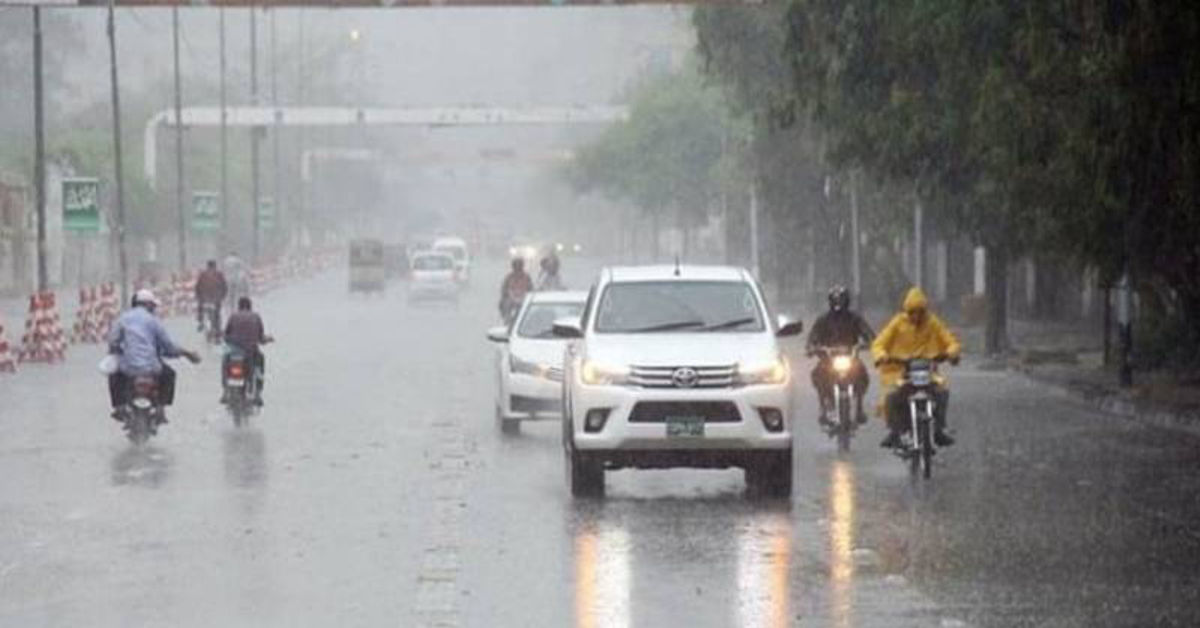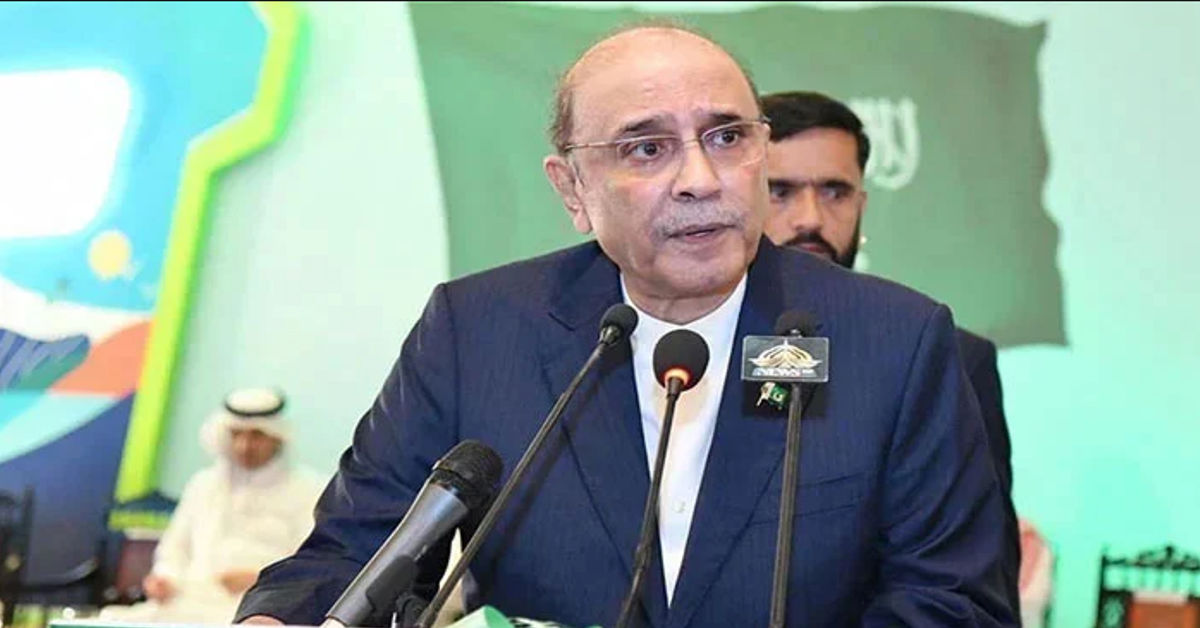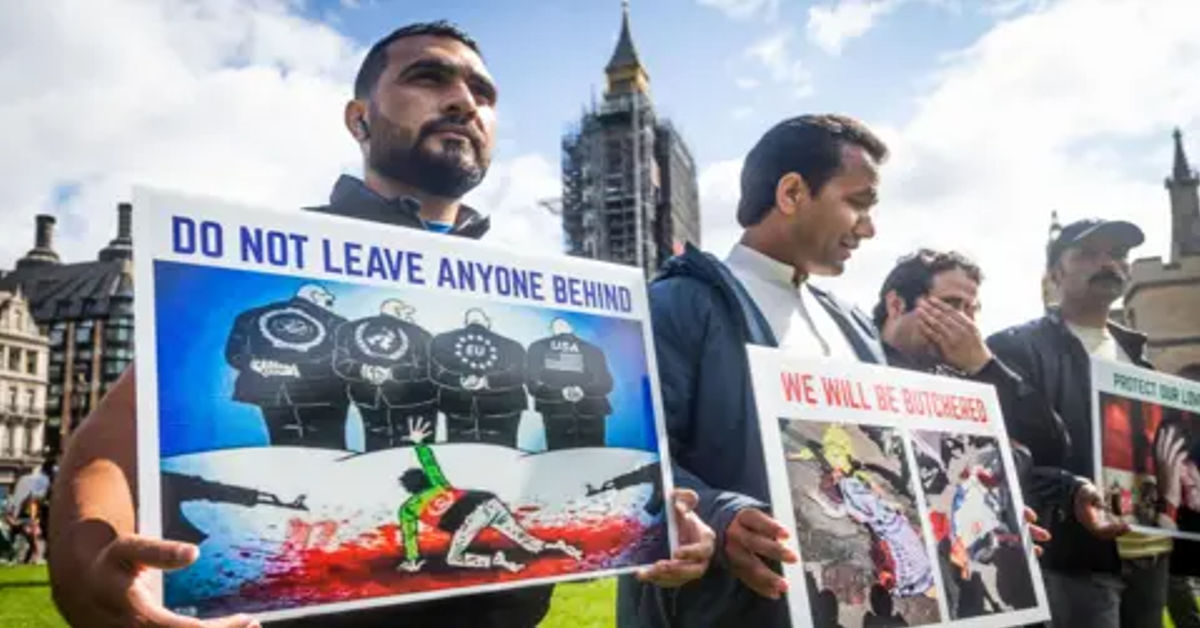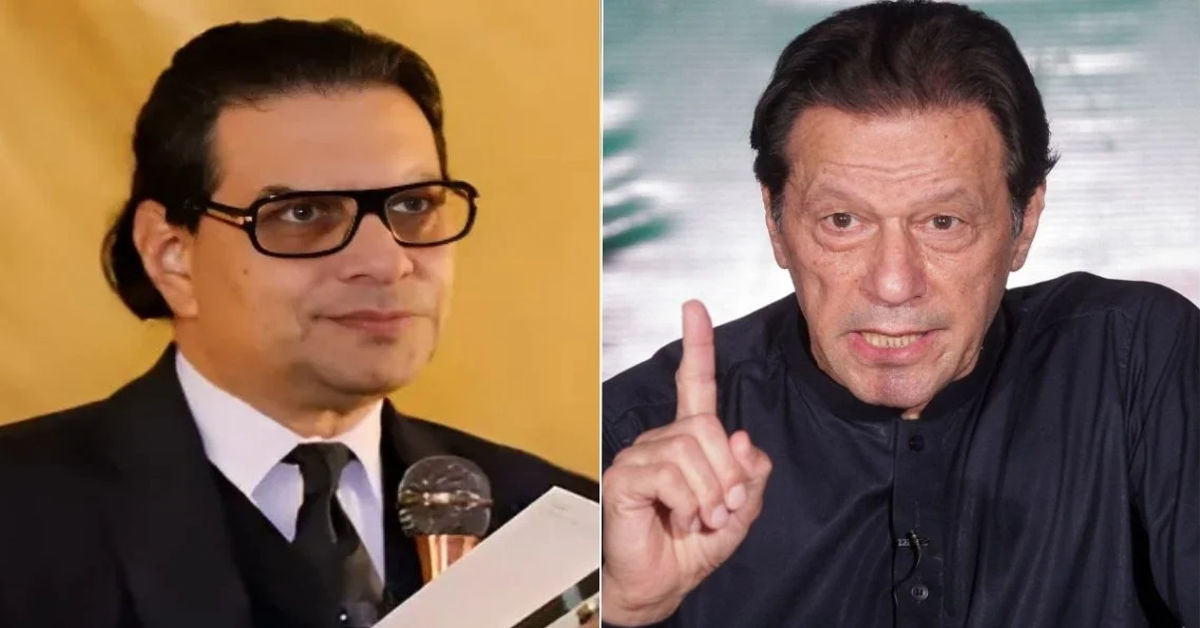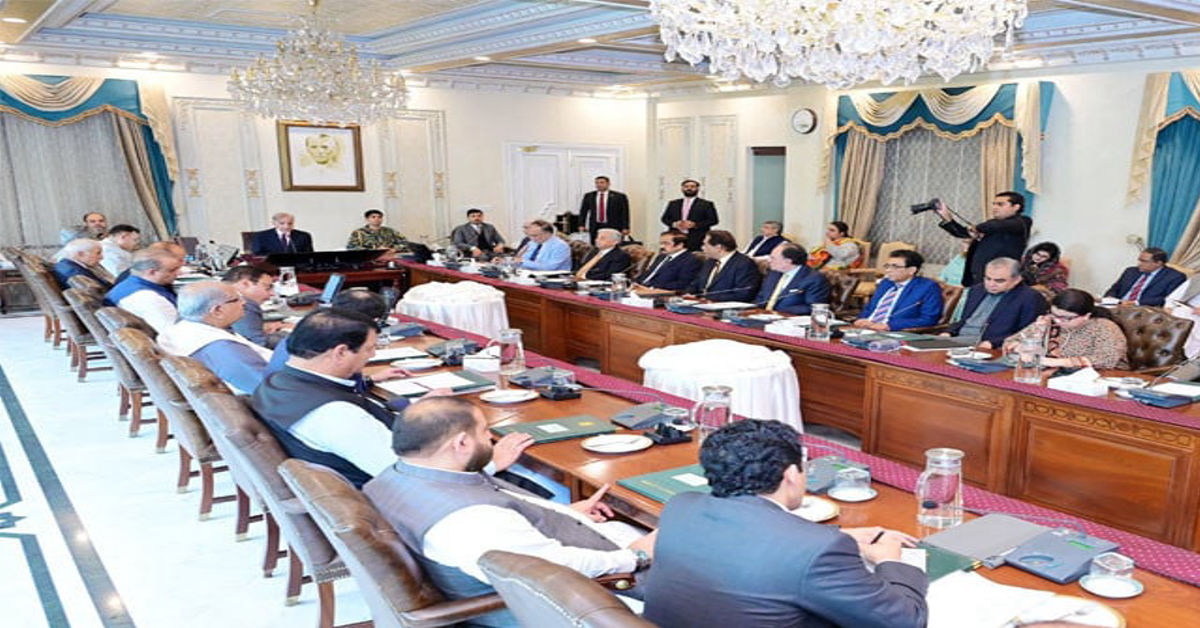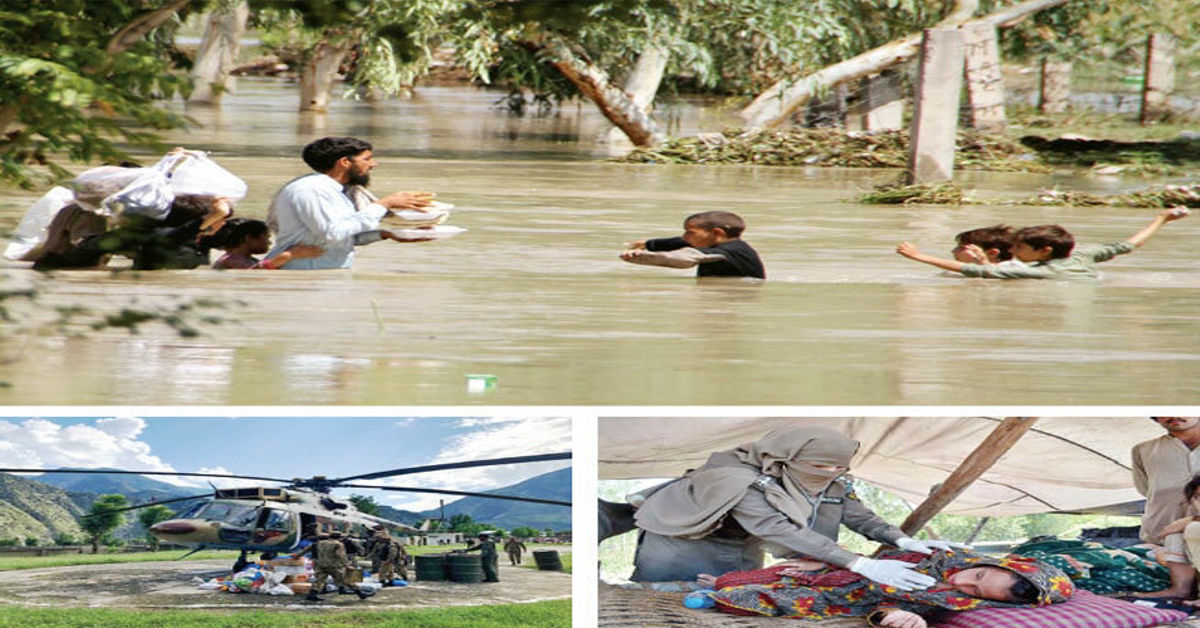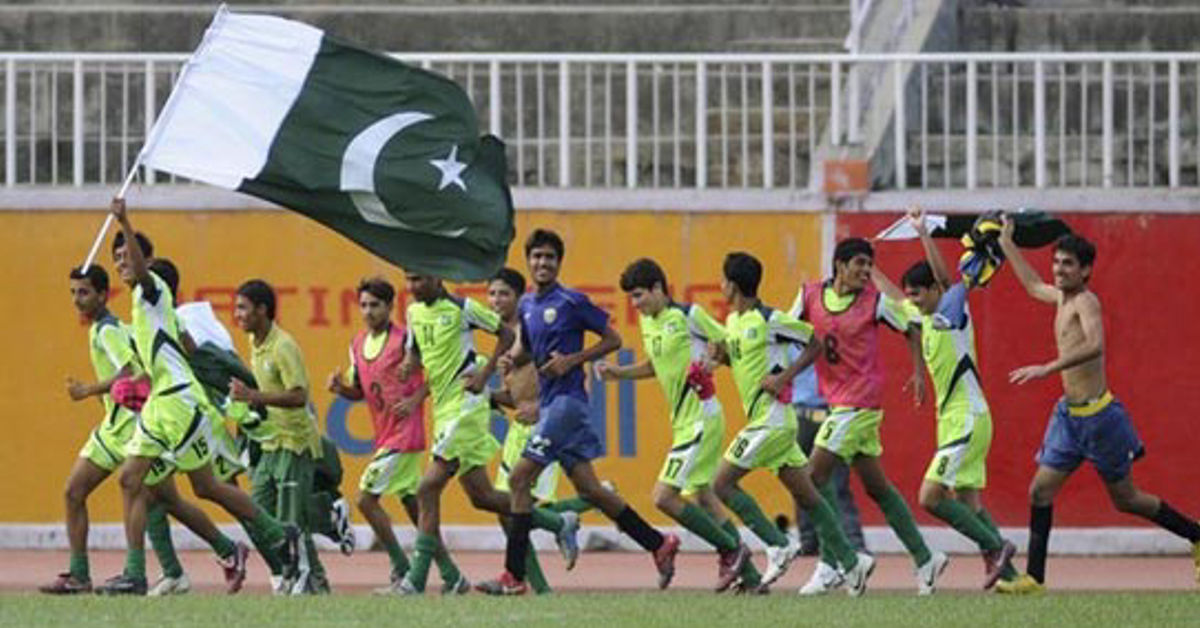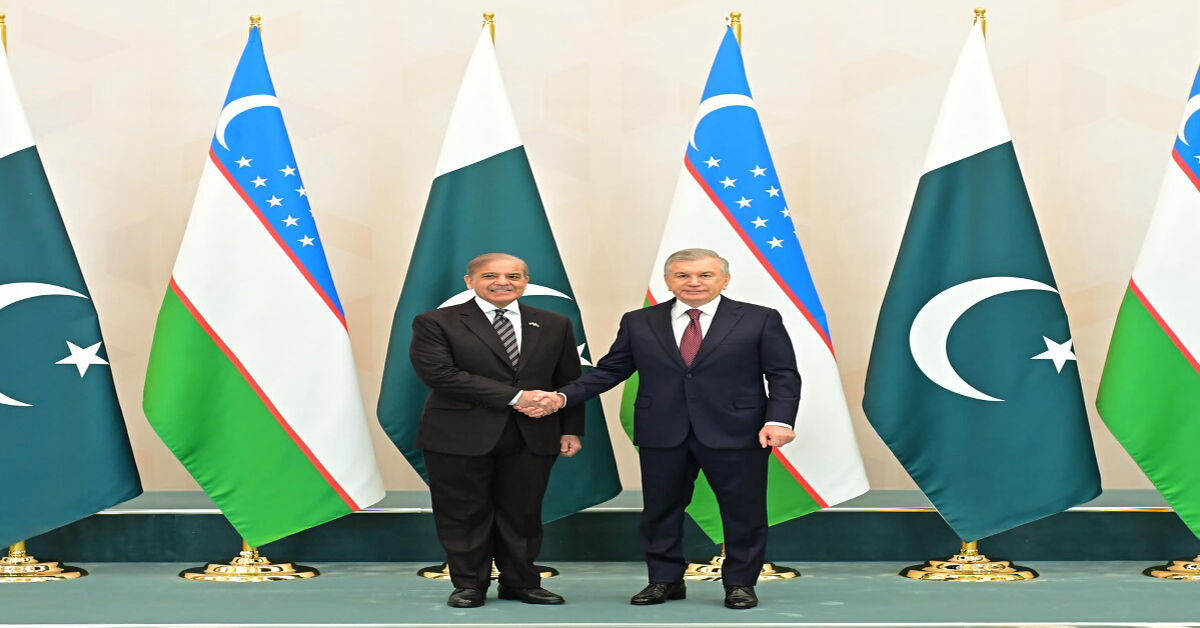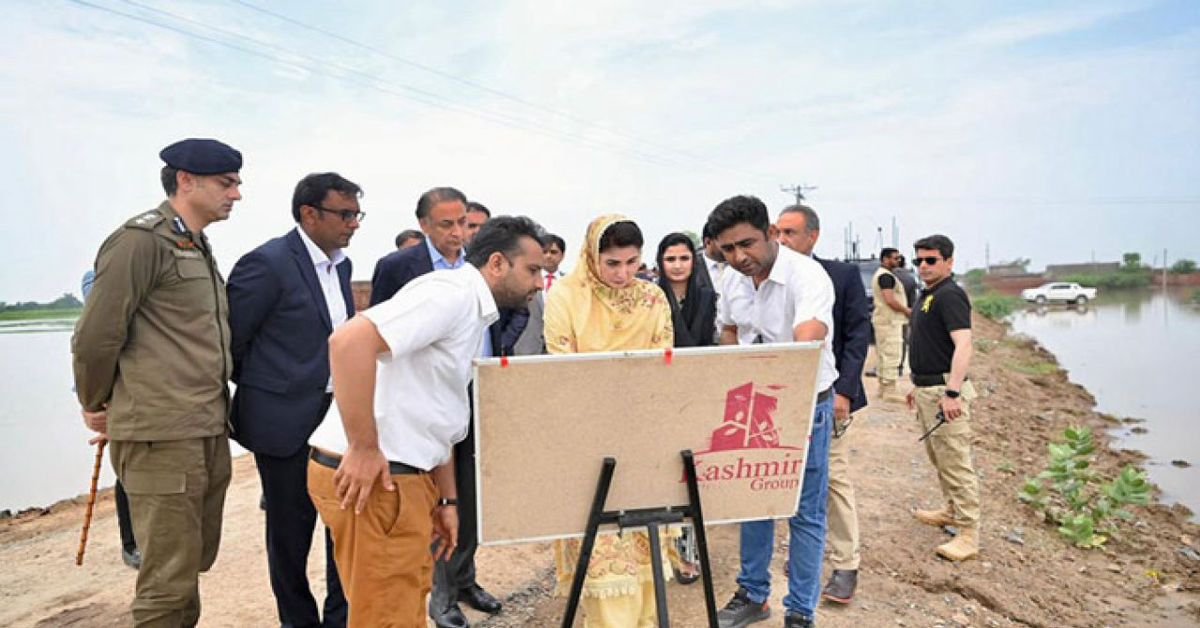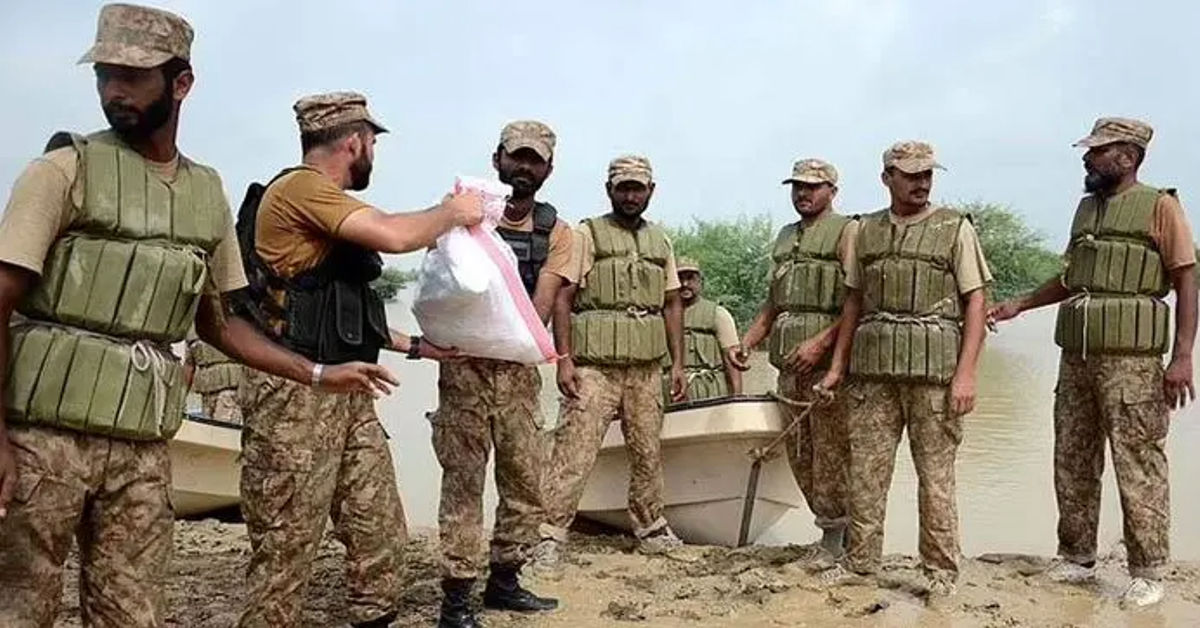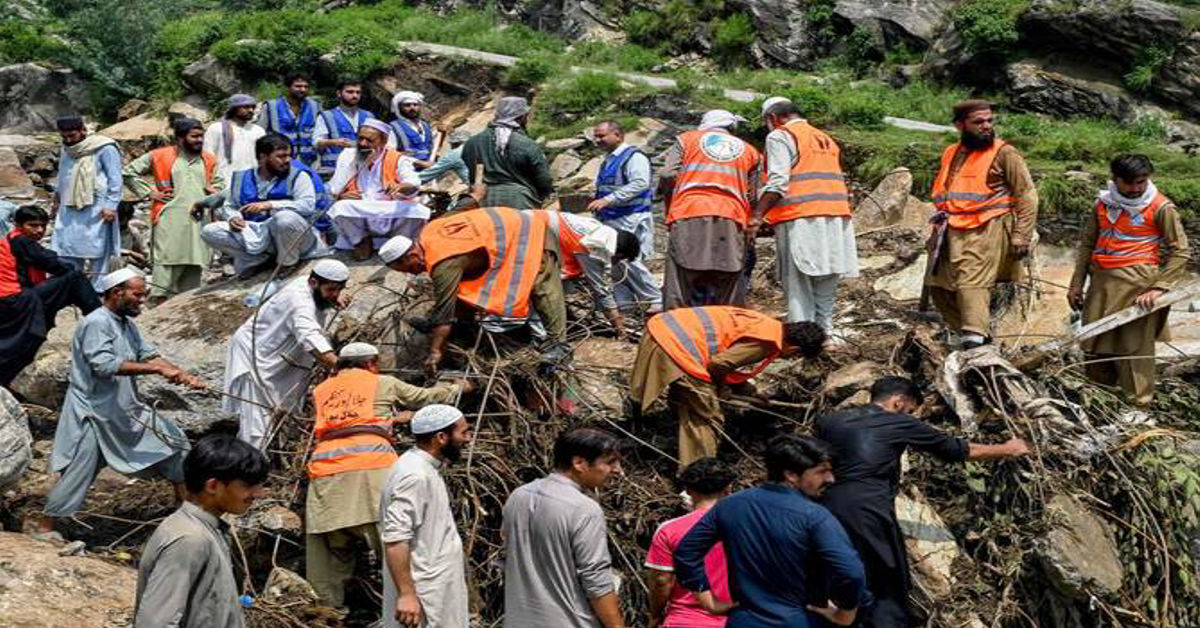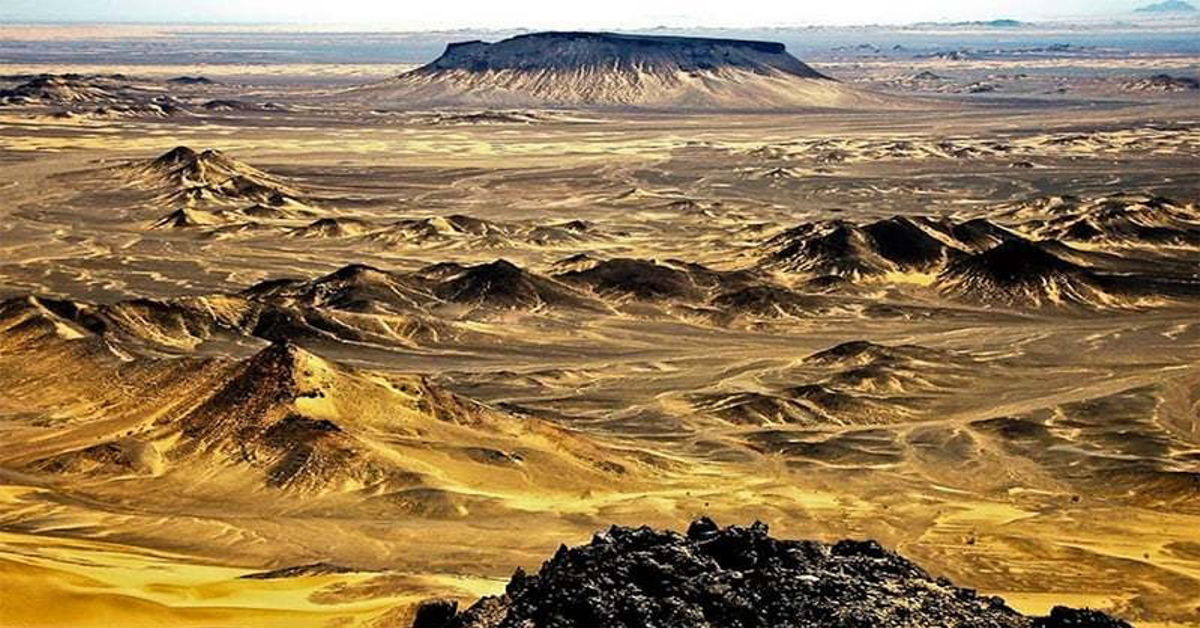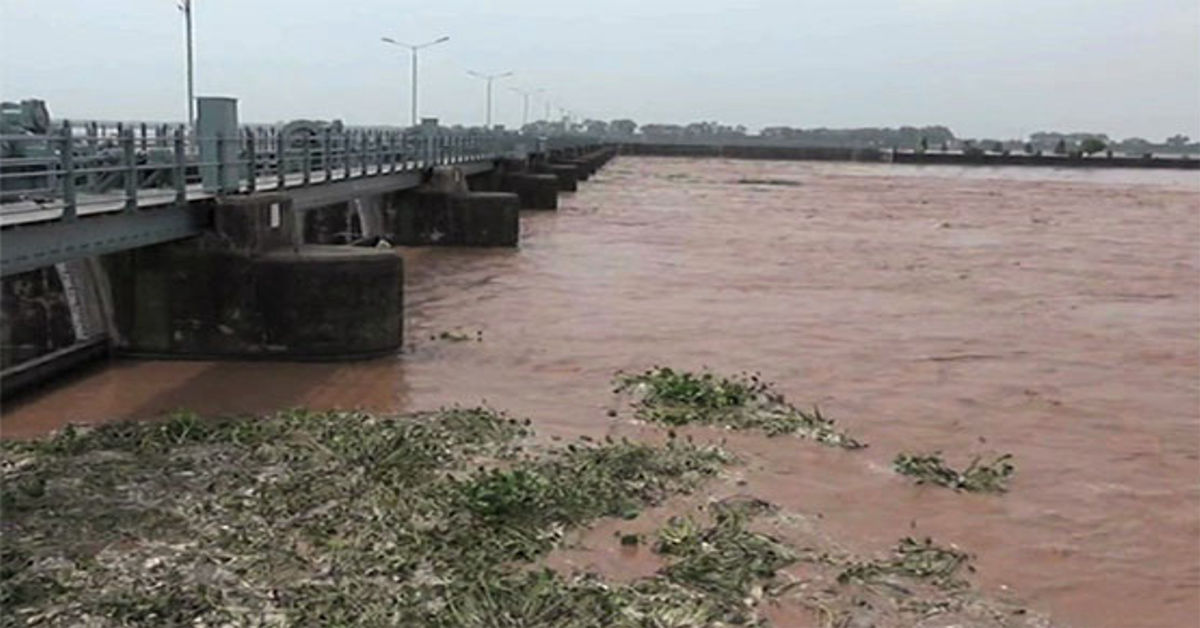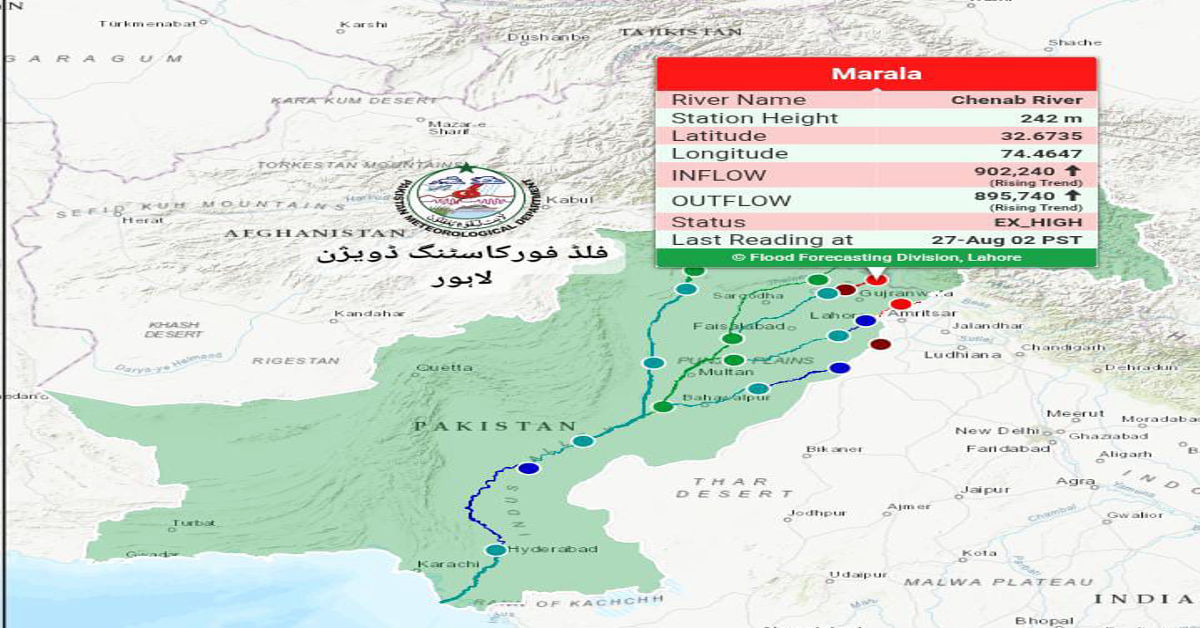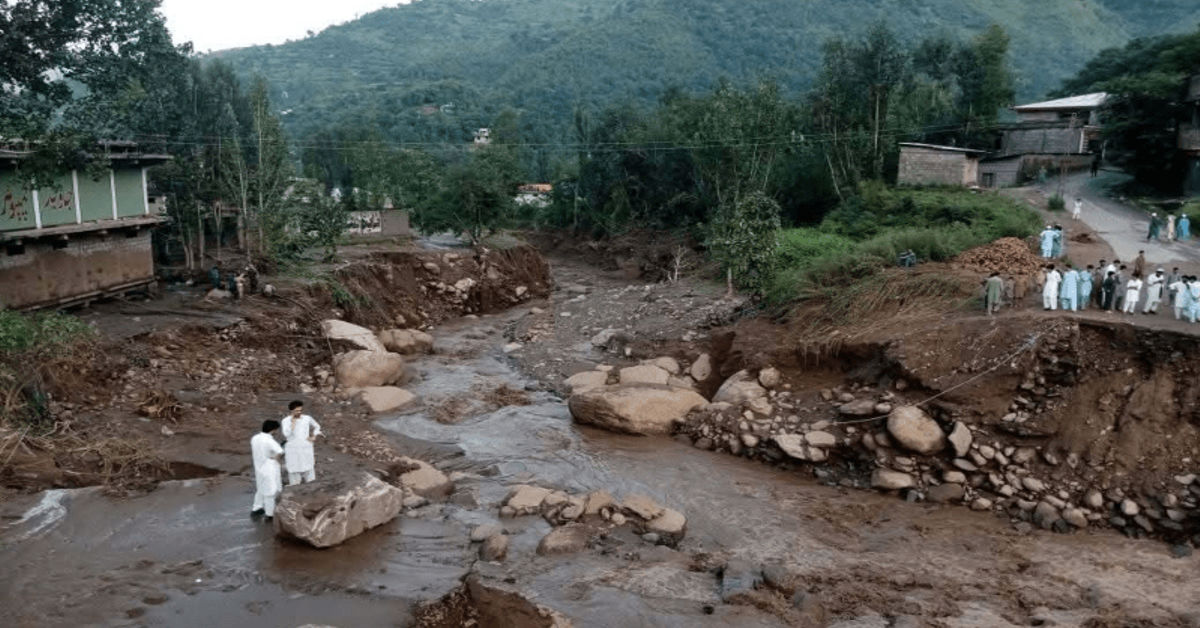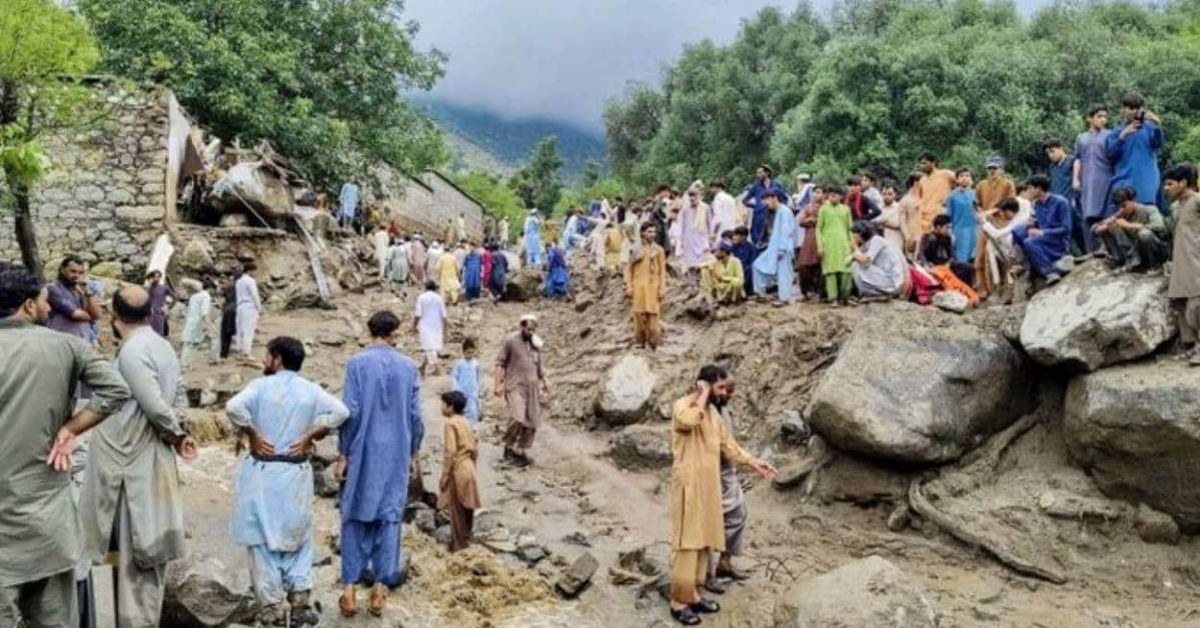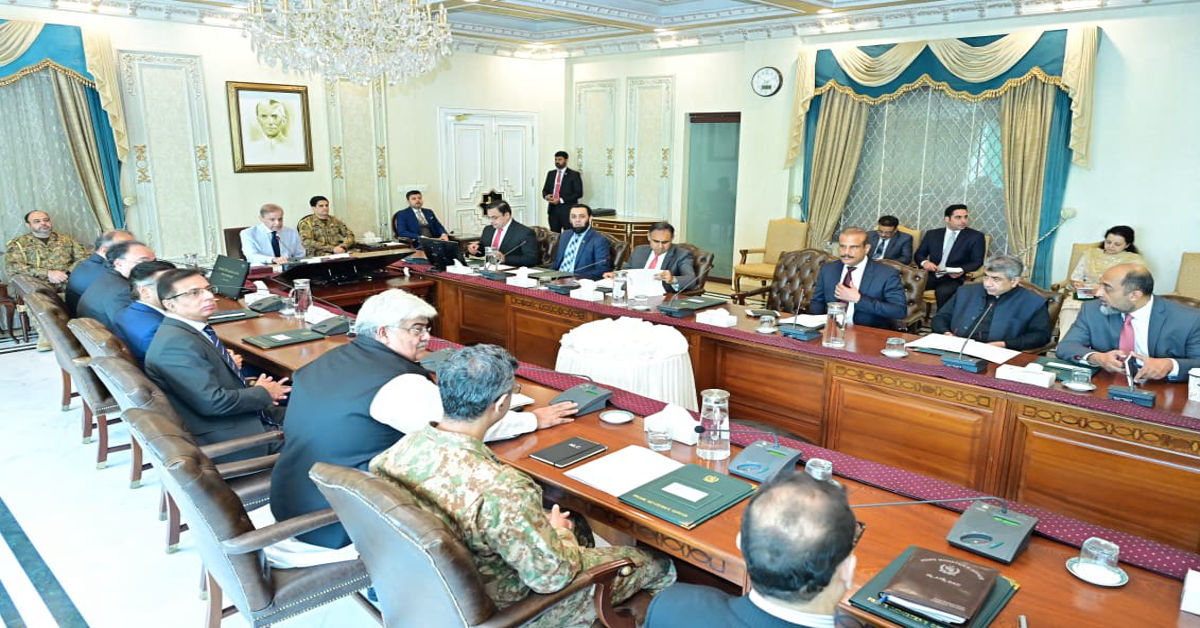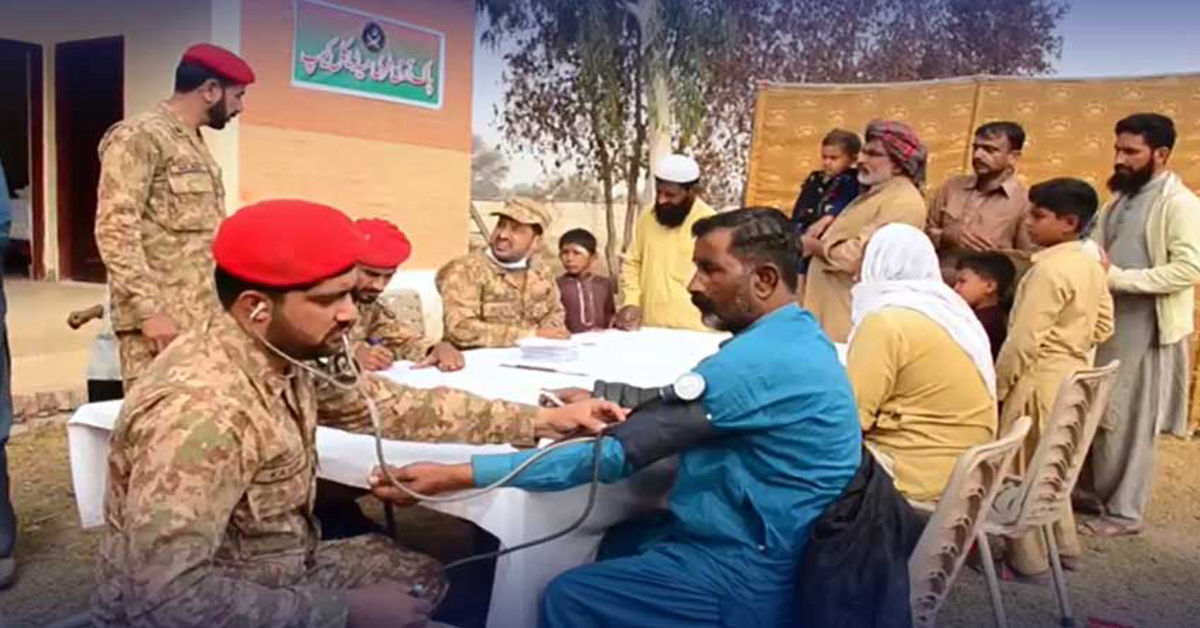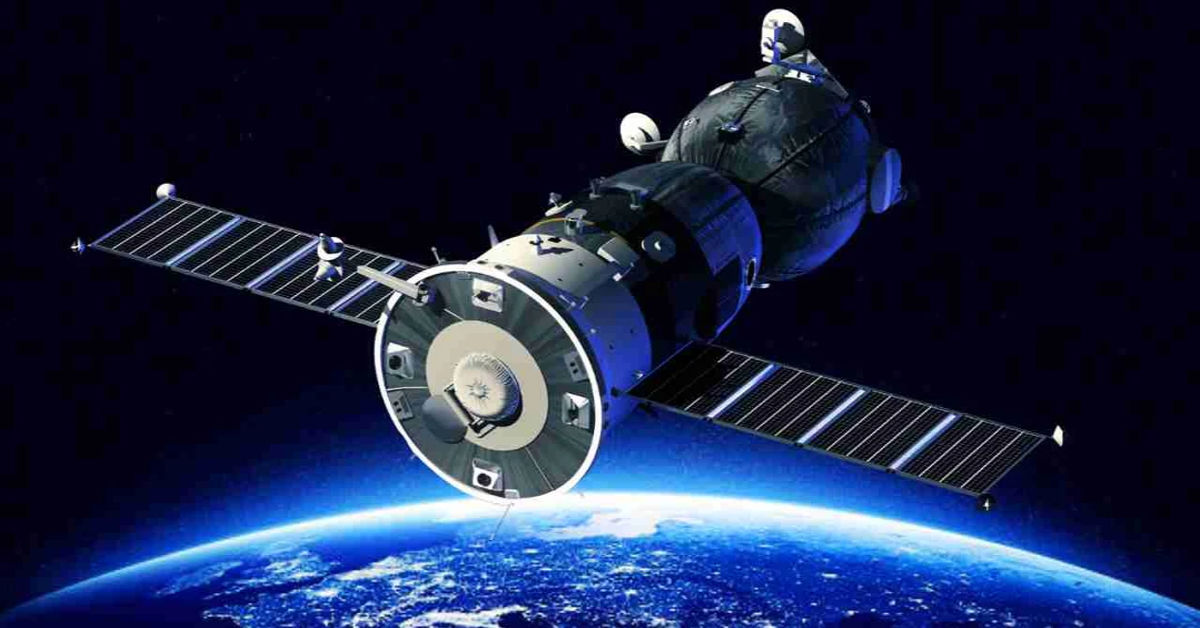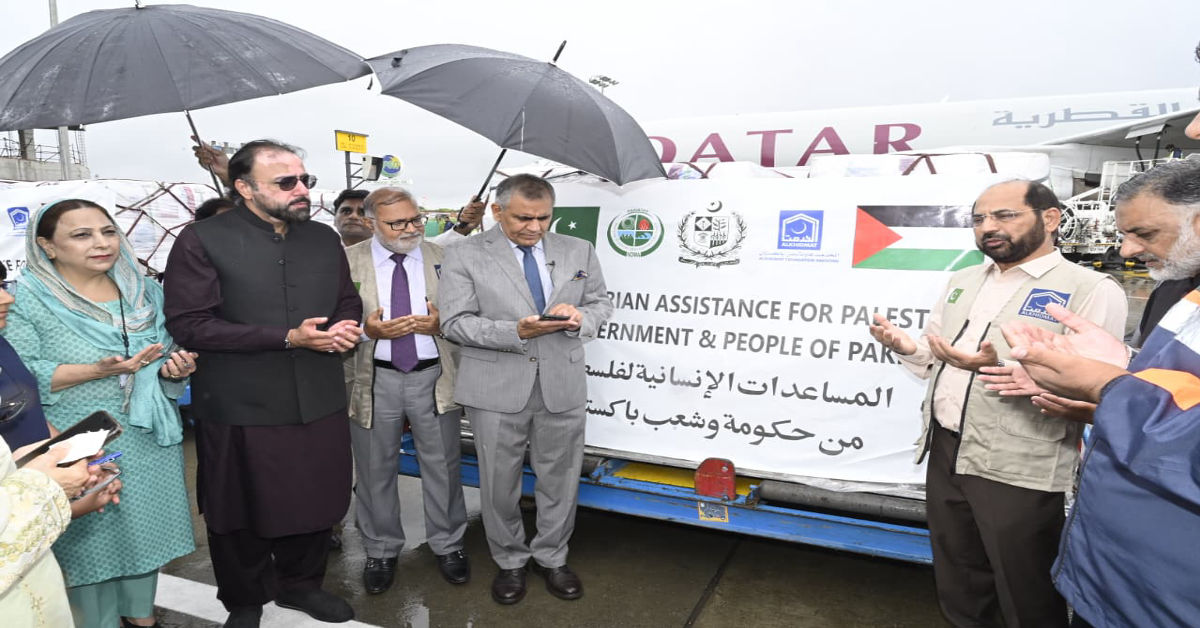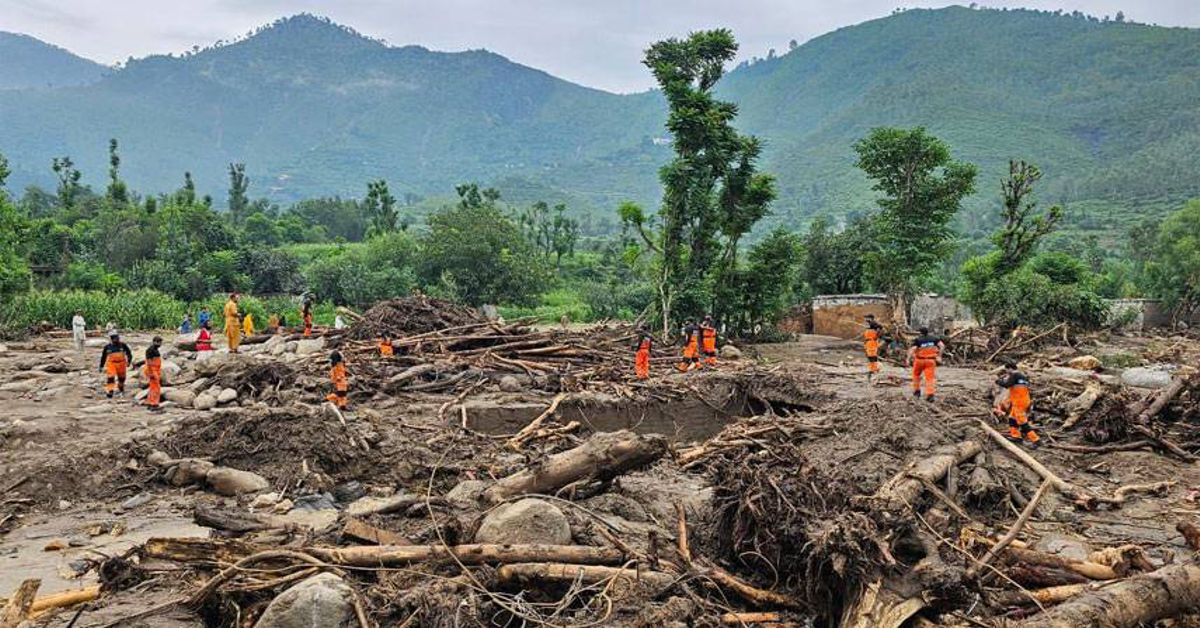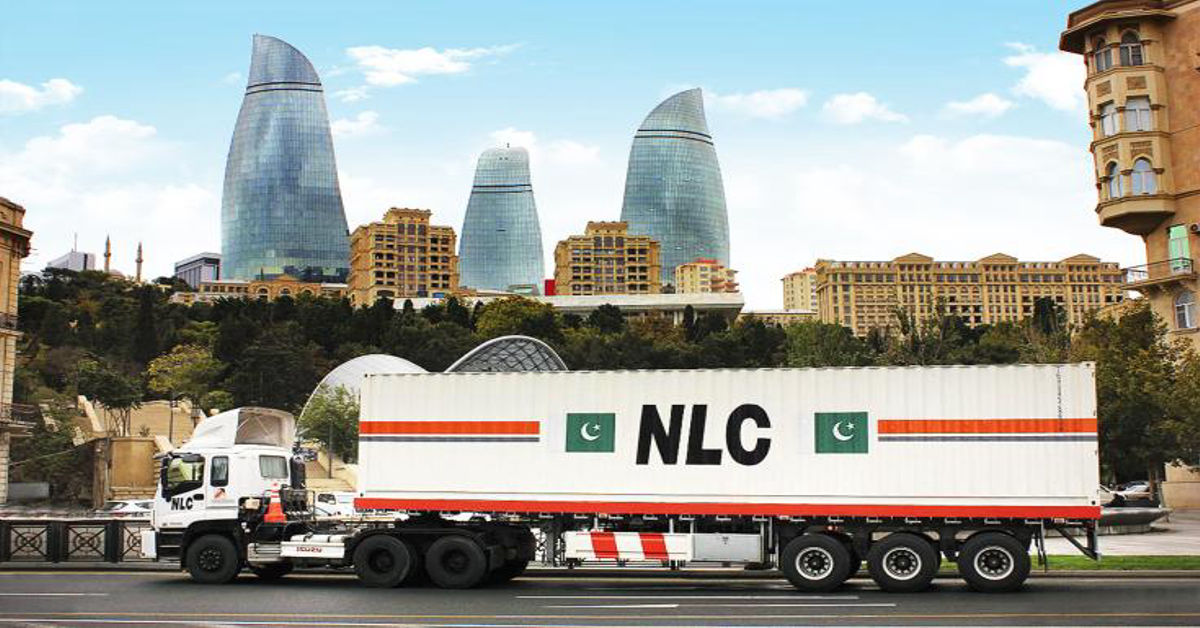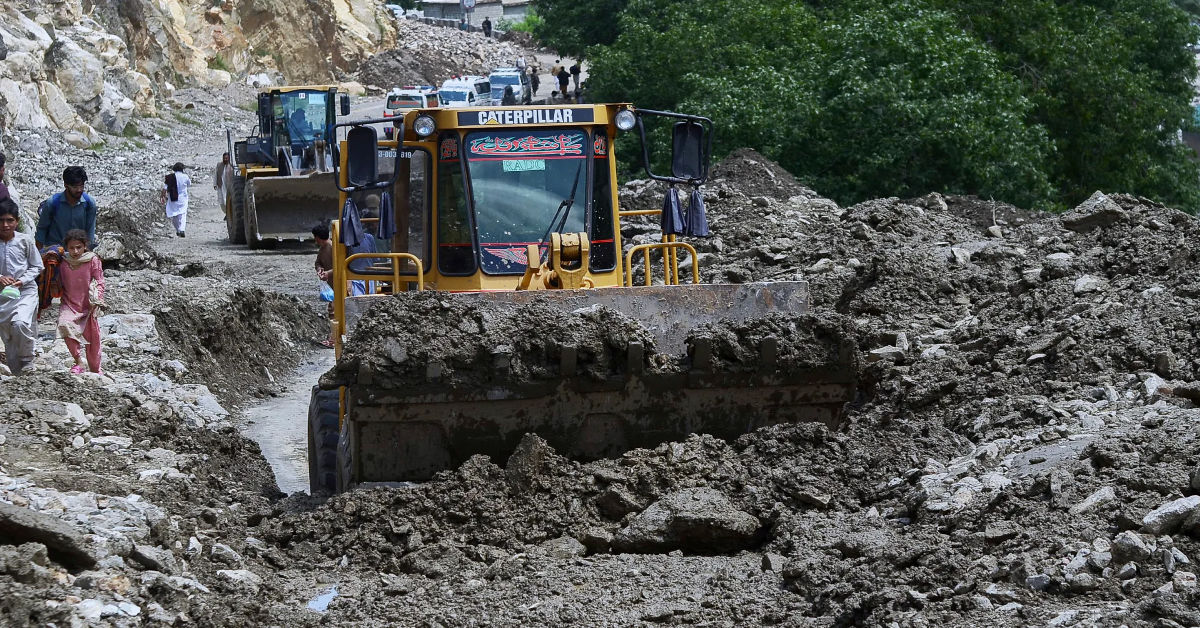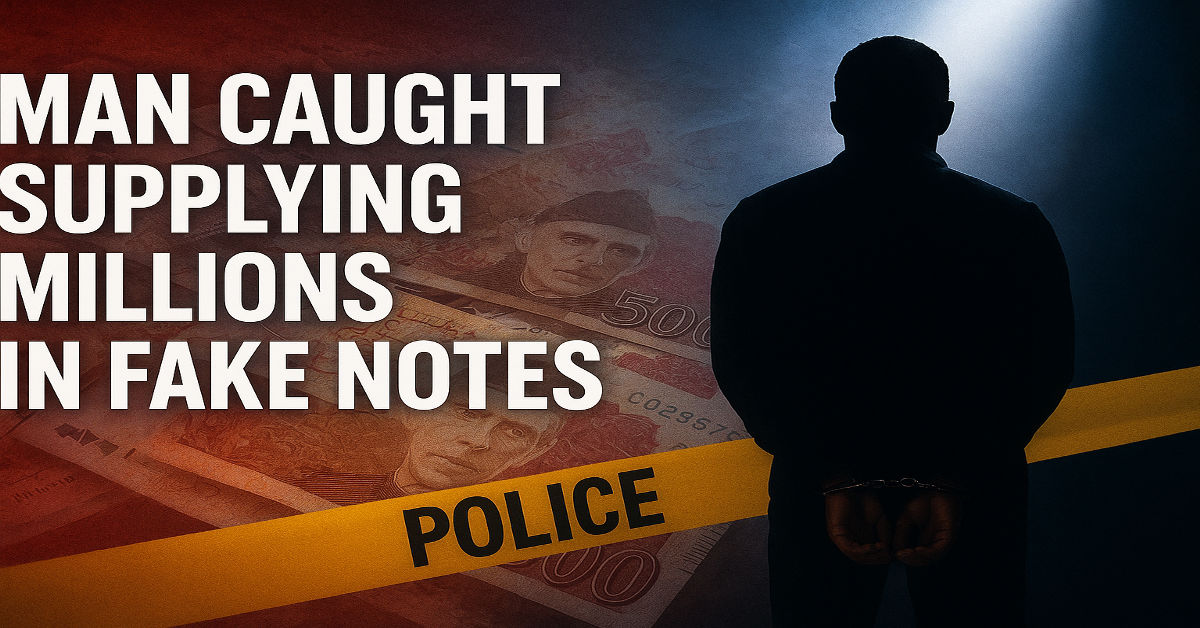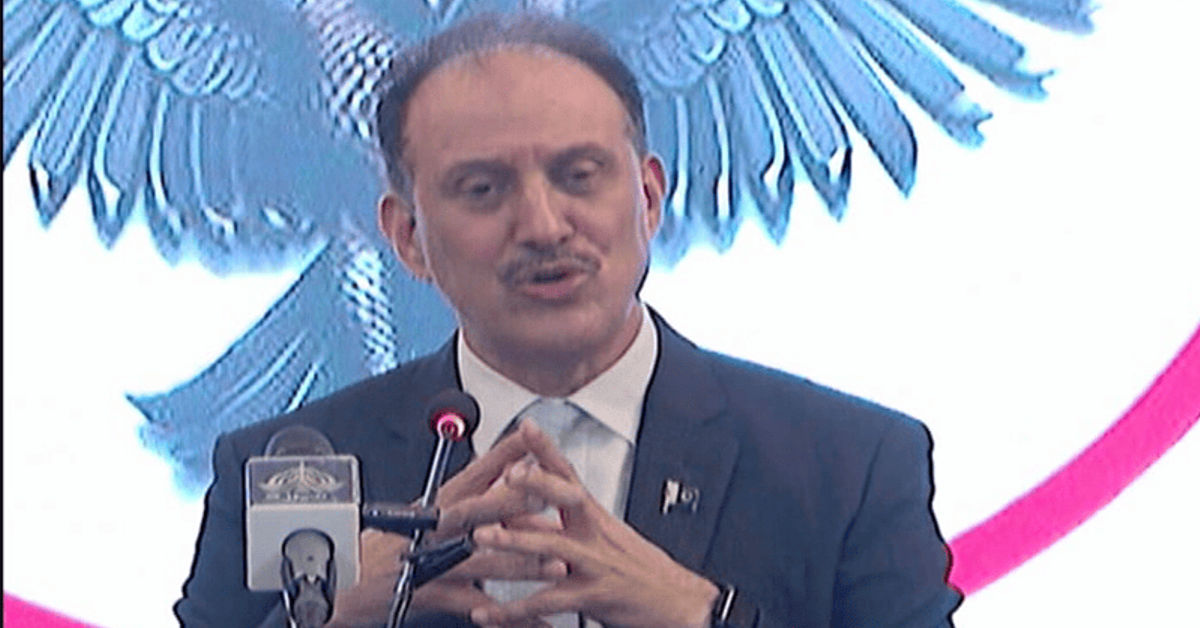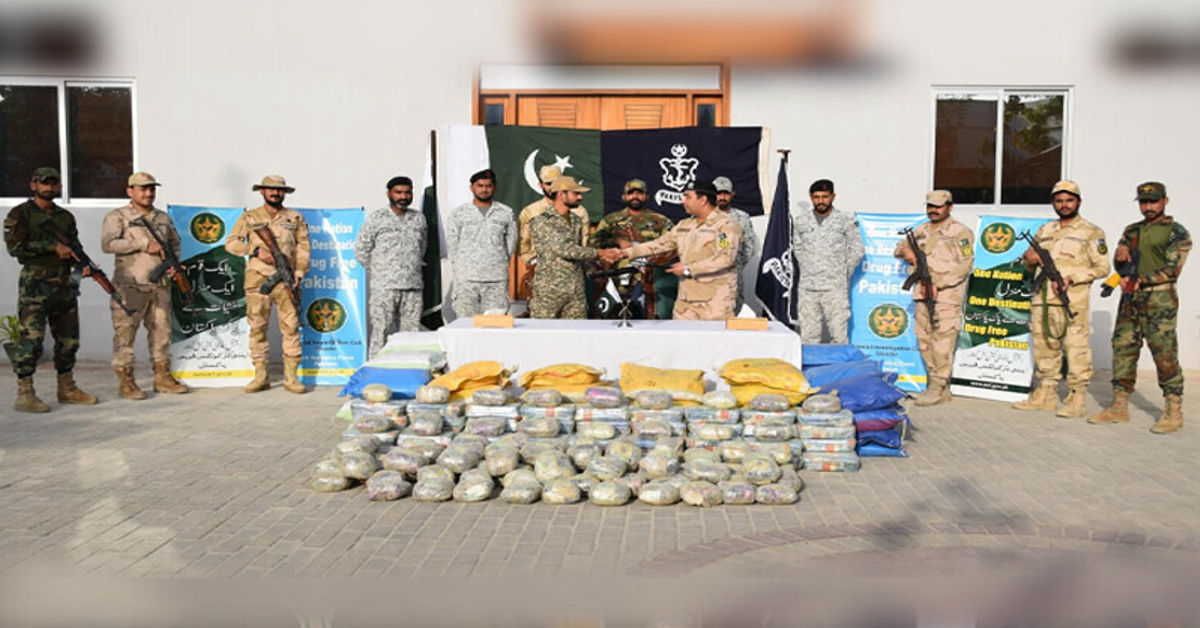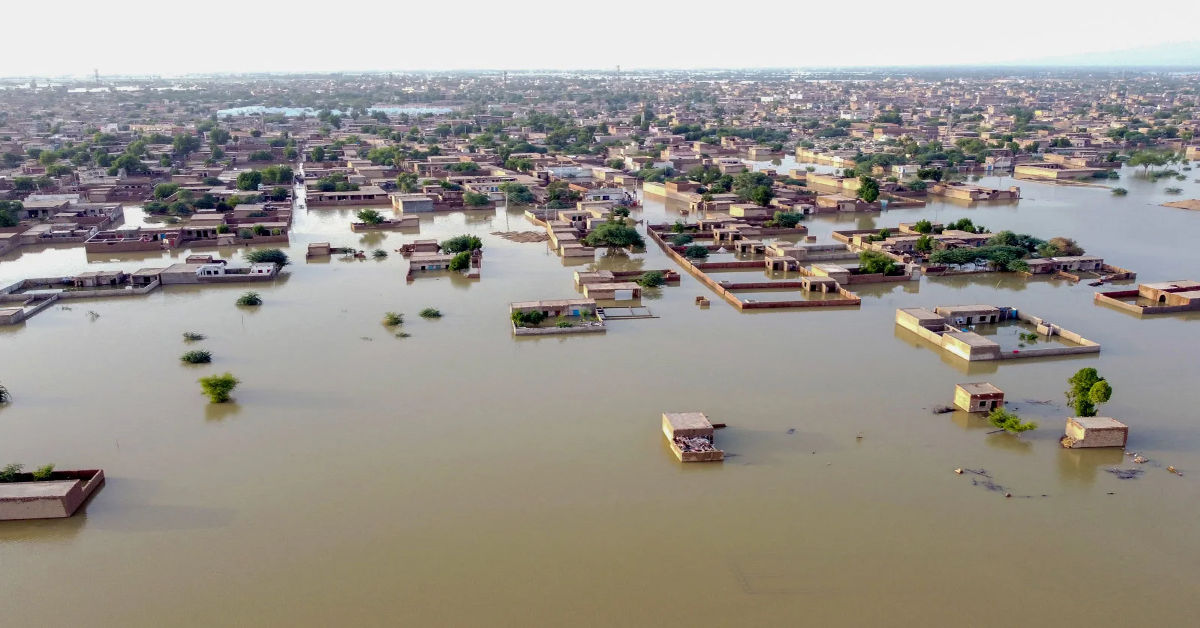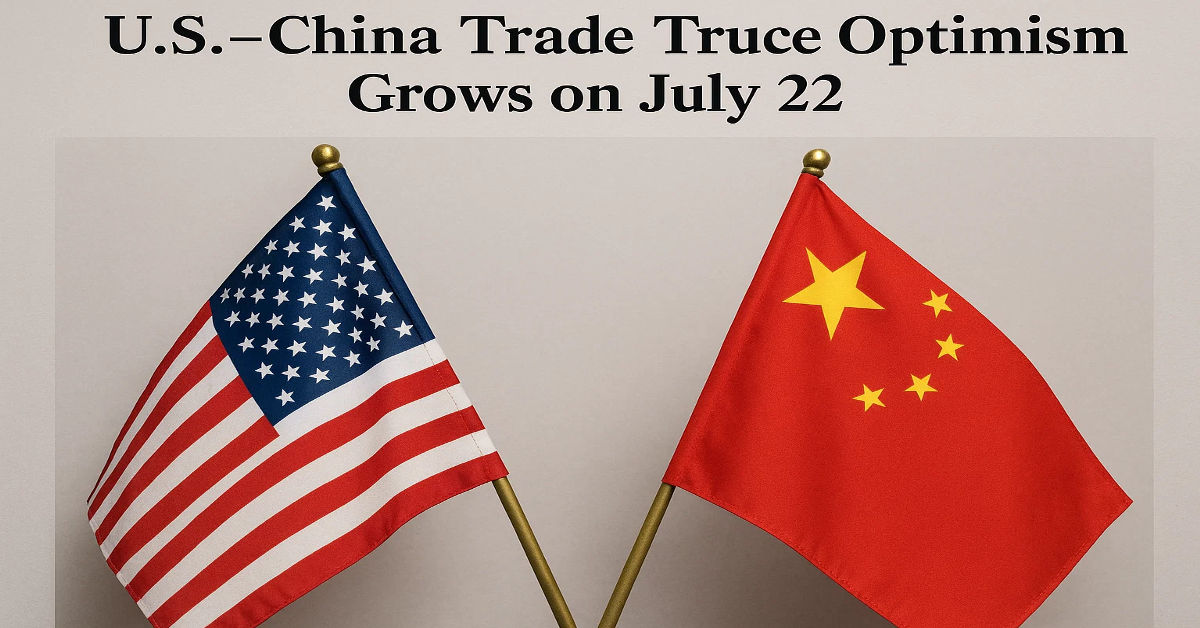
Now the story of one Pakistani couple in a small town in Sujawal, in the southeastern province of Sindh, has drawn widespread attention for a profoundly patriotic and symbolic decision they made. They called their new daughter Marsoosa, in tribute to Pakistan’s decisive and well-orchestrated operation called Bunyan-Al-Marsoos. The name is not just a word, but rather a tale of sacrifice, courage and boundless national pride. Of a generation that will pass on national defense and fortitude.
A Name Based on National Courage
You’re not going to find the name in baby name books, but it’s now steeped in emotion and patriotism. The father of the new born, Rab Dinu Jatt (a political activist of Pakistan people’s Party) said he named his daughter after the Operation Bunyan-Al-Marsoos which was launched by Pakistan Army in May 2025. Describing how he felt when naming the baby who can be seen wrapped up in the national flag, the man can be heard saying: “Pakistan Army showed India stars in day light.” For him and his family, the name not only represents a military operation, it is an individual pledge to national honor.
From Battle to Memorializing
The name came in the wake of a violent flare-up between India and Pakistan. It began with a terrorist attack in Pahalgam, a town in Indian-controlled Kashmir, in which 26 people, most of them Hindu tourists, were killed. However, the Resistance Front (TRF) claimed the responsibility but the Indian government accused Pakistan of sponsoring the attackers straight away. Pakistan rejected the charges, calling them unfounded and politically motivated. At such a time, the word Marsoosa itself started to mean something more than the nuts — it became a metaphor for resistance, for courage, for defying a state that seems set on a crackdown. This false claim has led to a devastating rise in tensions between two nuclear armed countries. Within 48 hours, the area prepared for another barrage, and the ducklings of Operation Bunyan-Al-Marsoos, were laid.
Onset of Operation Bunyan-Al-Marsoos
On May 10, 2025, Pakistan retaliated with its calculated military action Bunyan-Al-Marsoos Unbreakable Wall” in Arabic. The title was derived from a Quranic verse and meant strength, unity, and divine protection. It was a clear signal Pakistan would be resolute and react militarily to defend its sovereignty. The raid was a remarkably quick and accurate operation. Within hours, Pakistani forces hit several Indian military installations. Prominent airbases, Sirsa, Nur Khan and Rafiqi, were said to have been hit. It was a tactical and surgical counteroffensive that left military analysts around the world in shocked awe, and turned the tables in favor of Pakistan.
Modern Warfare: The Drone Wars
What distinguished Operation Bunyan-Al-Marsoos from earlier battles was its extensive use of drone warfare. Pakistan used a combination of weaponized drones and missile systems in the strikes to ensure little collateral damage. This was the first ever major drone-on-drone clash in the military history of South Asia. Drones scoured the sky, carrying out pinpoint strikes, shooting down enemy UAVs (unmanned aerial vehicles) and jamming communication networks. Both the countries combined the advanced technology with conventional tactics, showcasing a new avatar of modern warfare to the world. Military analysts pointed out how drones were a game-changer, not just tactically but in constructing a narrative of strength and deterrence.
Democratic Tone and Civilian Attitudes
At home, the tale of Rab Dinu Jatt and his daughter epitomised the emotional intensity of national feeling. For many Pakistanis, the operation was a matter of defending national honor and a required response to foreign provocation. They gave the military operation a human face, raising it from the level of tactics to something rooted in the daily lives of ordinary Afghans. Something that could become a part of the country’s cultural memory. This wasn’t just about freedom and geopolitics it was about people, pride and patriotism. Marsoosa birth, and what to call him, is an unintended consequence of war. Illustrating how a military campaign reaches through the front and into the homes of noncombatants.
Diplomatic initiative and ceasefire
Diplomatic back channels shifted into overdrive, even as the fighting raged on for days. Hotline talks between the DGMOs of the two countries finally led to a ceasefire. Vice President Vance and Secretary of State Marco Rubio played an essential role mediating the conflict in the United States. On 14 May, the two sides reached a ceasefire agreement. Commercial flights returned to service, and diplomatic talks reopened. The parties temporarily halted hostilities, but the latent animosities that would eventually lead to another conflict continued to smoulder.
Response of the international community and legal analysis
The 2025 dispute captured the attention of world leaders and legal scholars. The United Nations secretary general, António Guterres, called for restraint, saying the world could not afford a war between two nuclear-armed countries. In legal circles, debates raged about whether India’s first strikes were legitimate and Pakistan’s countermeasures were reasonable. Some experts said India had acted under Article 51 of the UN Charter, which refers to the right of self-defense. Other critics said its actions were excessive and had put international stability in danger. Pakistan’s rapid reaction was lauded at home, but also questioned elsewhere. However, the operation consolidated Pakistan’s position on safeguarding its territorial sovereignty.
Long-Term Implications
Indeedthe brief duration of Operation Bunyan-Al-Marsoos masks its long-term consequences. It was a demonstration of Pakistan’s military preparedness and strategic capacity. It also raised the stakes for future confrontations and sent the unmistakable message that the forces would counter any aggression with a deliberate and forceful response. And the greater reliance on technology in war, particularly drones, has transformed the face of the military. For both nations, as each continues to modernize its defense systems. The room for error is narrowing, and diplomacy matters more and more.
Conclusion
The tale of baby is more than just one name it is a representation of a country’s defiance, identity and unity. Born in war’s shadow but graced by peace’s light, Marsoosa is hope for a future where nationhood travels not just by flags and rifles but in the hearts of its sons and in the names of her daughters. Her name will be a permanent reminder of the cost of peace, of the Pakistani spirit and of the power of public legacy. Her parents named her after Bunyun-Al-Marsoos to ensure that her identity remains forever associated with a moment of national strength and unity a legacy they have written into history along with hope.



